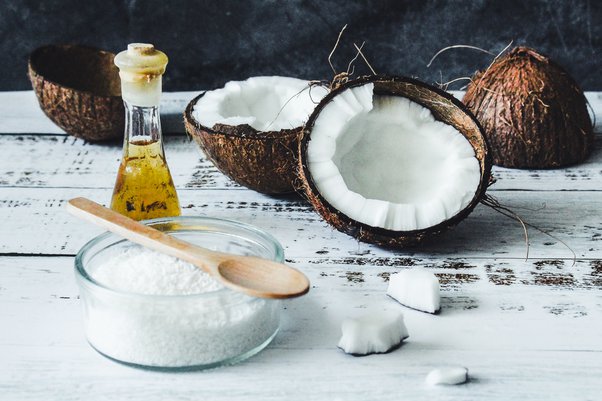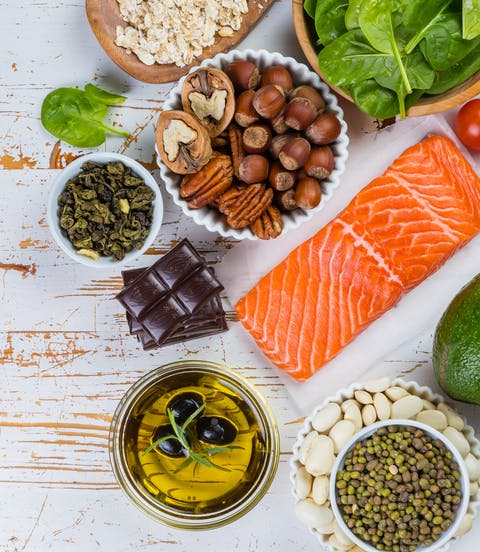
This method was first used by the ancient Chinese, Romans, Indians and others. Buddha instructed the world about salt storage and collection in the early fifth century BC. The Romans used ceramic containers called briquetage to collect the brine. Workers sifted the concentrated salt out of the water and washed it away. The workers then put the brine in shallow pans, and placed them on clay pillars that were set over a fire of lava. The workers then sold the dried and powdered salt to the New World colonists. In the New World, slaves were brought from Africa to rake salt on various islands in the West Indies, such as the Bahamas and Turks and Caicos Islands.
While most people are familiar with table salt, not everyone knows exactly how sea salt is made. While the main ingredient of table salt is sodium chloride, sea salt also contains several other minerals, such as magnesium, iron, calcium, and potassium. These minerals can be found in small amounts in sea salt and are also incorporated into salt crystals. It is best to avoid excessive consumption of this mineral, but adding a few drops to your favorite dish can add additional nutrition and nutrients.

Sea salt is the most commonly used type of salt. It originates from warm climates and is harvested by flooding man-made pools with salt water and waiting for it to evaporate. The crystals are left behind after the water has evaporated from the manmade pool. These manmade pools are called "salt work". The process of harvesting salt takes several billions of years, and the salt is harvested in different ways.
Sea salt production is a complex process. The first step involves the extraction of seawater. The process involves evaporating the water from the ocean. The water is left in the water for a few days to dry and to concentrate. After that, the sea sal is ready to sell. The final product is then labeled with the unrefined and refined labels. The unrefined sea salt can be grey or contain marine bacteria or trace minerals that contribute to its complex flavor.
Sea salt harvesting is easy. The salt crystals formed at the bottom and are almost dried. The impurities are removed by pouring off water and scraping off the top layer of the salt. This is a great method to collect sea salt. It is affordable and widely accessible. It can be found in many countries. Salt can be used to make salt for human consumption once it has been harvested. Its uses are endless.

The process of extracting salt from the sea is the same as that of extracting salt from river water. Each process is unique. Some salts come from the sea while others are taken from the earth. Chemicals are used in the latter case to extract salt. To obtain iodine, minerals are removed from seawater. In order to extract the iodine from salt, other minerals are also removed.
FAQ
What is the best way to store leftovers?
Tupperware containers work well for leftovers. These containers are great for keeping food fresh and preventing odors from growing. They also keep foods warm longer. Leftover food can be frozen in freezer bags. You can freeze leftover food by placing it in another freezer bag. This will prevent any air from escaping. Once food has been frozen properly, seal it with a ziplock bag.
Where can I buy good quality kitchen equipment?
You can order high-quality kitchen appliances online. There are many websites where you can shop for all kitchen tools. However, it is important to check reviews and ratings before making any purchase of kitchen equipment. Ask others who have used similar items if you would like to recommend them.
What is the minimum requirement to become a chef?
No. No. Some even went to culinary schools to gain practical experience. Many chefs prefer to attend culinary school for the increased opportunities to learn and grow as professionals. Culinary schools offer hands-on training which allows students to improve their skills and knowledge of cooking.
Statistics
- under 10 Kids have been taught that there is special food just for them, and Fiese says that 10 percent of kids will throw a tantrum if they don't get the food they want. (washingtonpost.com)
- In the United States, the category is estimated at $23.2 billion annually and is growing faster than the market. (washingtonpost.com)
- You'll be amazed that over 90% of CIA students receive scholarships and grants to finish their culinary studies. (ischoolconnect.com)
External Links
How To
How to make the perfect omelet
Omelets have always been a favourite food to eat for breakfast. But how do you make them perfectly? I've tried many different methods and recipes, but none of them seem to work! Today, I'd like to share some tips with you in order to make delicious and fluffy omelets every day.
We should first know that eggs are very temperamental ingredients when making omelets. They must be fresh, preferably from the organic market, and be kept cold until cooking. You must keep them cool enough to allow the whites to form properly and the yolks to become too runny if they're not kept at the right temperature. This makes your omelets look weirdly colored. If you plan to cook the eggs right away, it is best to use room temperature eggs.
Another tip is to separate your egg before adding it into the pan. The yolk and white should not be mixed together as this can cause the omelet's curdle.
You could end up burning the bottom half of the egg if the egg is added directly to the heat source. Instead, heat the egg for 10 seconds in the microwave before placing it in the pan. The heat from the microwave cooks the egg just enough without overcooking it.
Next, let's talk about mixing the eggs. When you mix eggs together, you want to beat them well. To do this, grab the bowl of the mixer and turn it upside down. Next, shake the bowl vigorously. This allows the air to be whipped and the egg to be mixed thoroughly.
The fun part begins - you need to pour the milk into your mixture. The first step is to pour half of the milk in the beaten eggs. Next, fold the eggs into the remaining milk. Do not worry if you see streaks of egg; they will disappear when the omelet is flipped.
After you have done folding the eggs, heat the pan on medium heat. The oil will start to smoke. Once the oil begins to heat, add 1/4 cup butter and swirl the pan to coat it. Open the lid and sprinkle salt on the pan. An additional pinch of salt will prevent the omelet form sticking to your pan.
Cover the pan once the omelet is formed and allow it to cool completely. Flip the omelet over using a spatula or flip the pan upside down. Cook the opposite side for another minute. Take out the omelet and place it in a bowl.
This recipe is best made with whole milk. However, it can also be used with skimmed milk.